GloNews10
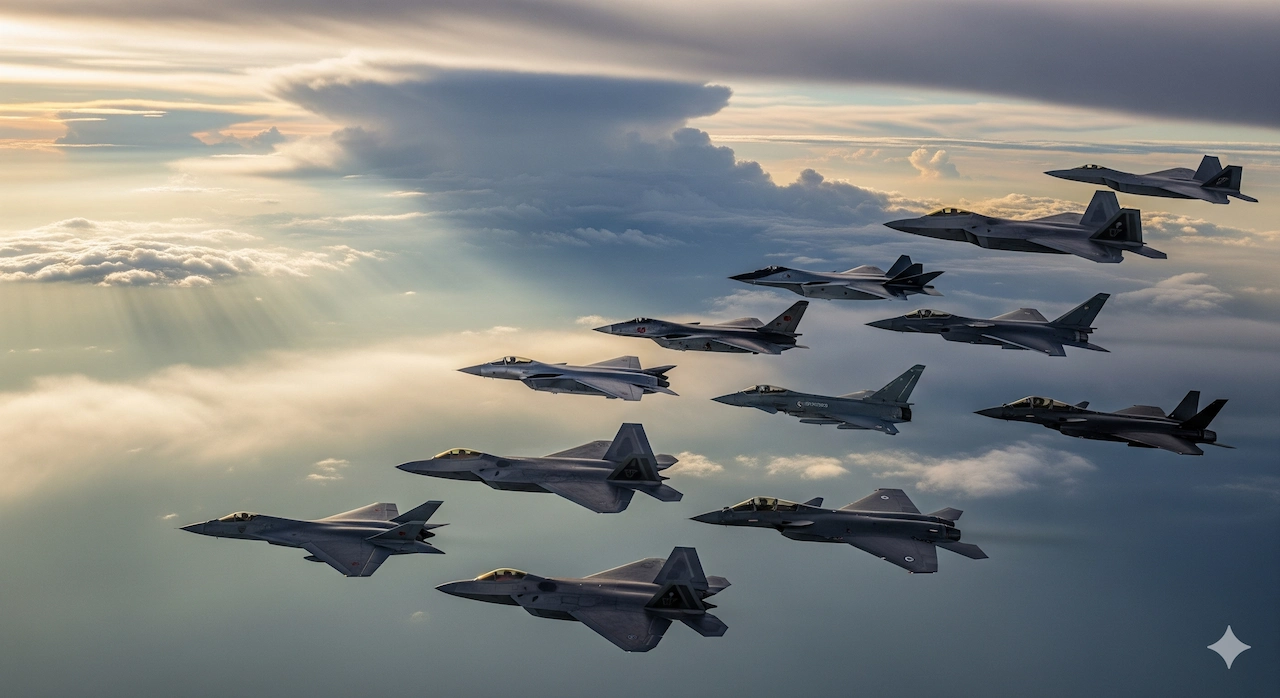
In 2025, the global balance of military power is strongly influenced by air superiority. The Top 10 largest air forces in 2025 demonstrate the countries that lead in air force capabilities, cutting-edge military aircraft, and strategic readiness. From the United States’ unmatched global reach to emerging powers like India and China, these nations dominate the skies with advanced fighter jets, bombers, transport aircraft, and unmanned aerial vehicles.
Understanding these air forces is essential not only for military analysts and policymakers but also for aviation enthusiasts and global security observers. This article provides a detailed breakdown of each nation’s air assets, personnel, technological edge, and strategic significance, highlighting how air power shapes the world today and into the future.
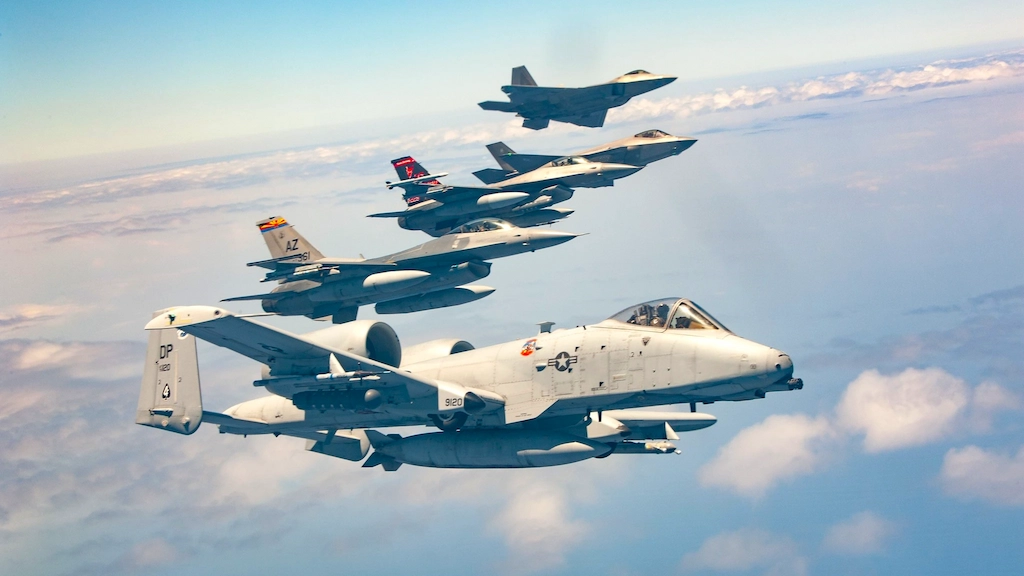
The United States Air Force (USAF) remains the largest and most technologically advanced air force in the world in 2025. With a global reach, the USAF plays a critical role in both combat operations and humanitarian missions. Its fleet includes F-35 Lightning II, F-22 Raptor, B-2 Spirit, B-52 Stratofortress, and a wide range of transport and reconnaissance aircraft.
The USAF also leads in integrating cutting-edge technologies such as AI, stealth systems, and unmanned aerial vehicles (UAVs) to maintain superiority across all domains—air, space, and cyber.
The USAF is responsible for defending U.S. interests worldwide and maintaining strategic deterrence with long-range bombers and nuclear-capable assets. Its personnel are highly trained, supported by advanced simulation programs and continuous joint exercises with allied nations. The USAF’s ability to project power globally ensures that it remains a pivotal component of NATO and U.S. defense strategy.
Key Highlights:
Total Aircraft Assets: 13,209
Personnel: 321,848 (Reserve: 68,927)
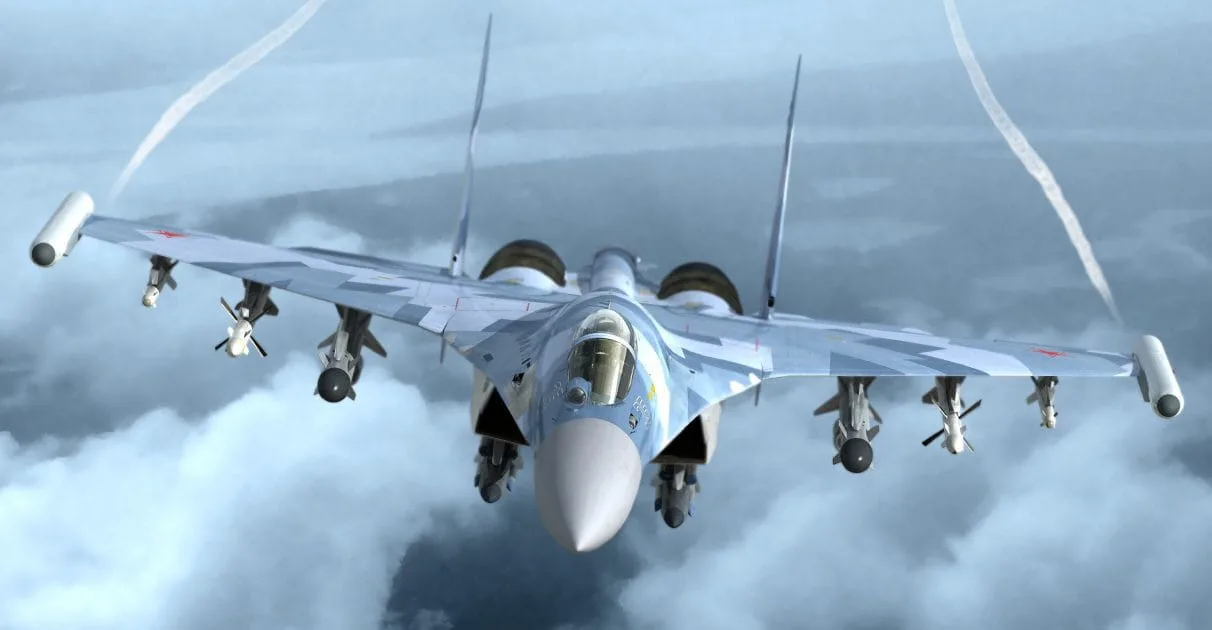
The Russian Air Force is the second largest in the world, combining both quantity and powerful aircraft technology. Its fleet of over 4,000 aircraft includes Su-57, Su-35, Tu-160, and MiG-35, designed for air superiority, long-range strikes, and strategic nuclear deterrence. Russia continues to invest in modernizing its air assets, including fifth-generation fighters and advanced unmanned systems.
Russia emphasizes rapid deployment and integrated air defense systems, with personnel trained for both conventional and nuclear missions. The Air Force operates in close coordination with the Russian Navy and Army Aviation units to provide multi-domain operational capability. It remains a strategic tool for Russia’s geopolitical ambitions in Eastern Europe and Asia.
Key Highlights:
Total Aircraft Assets: 4,292
Personnel: 148,000 (Reserve: 70,000)
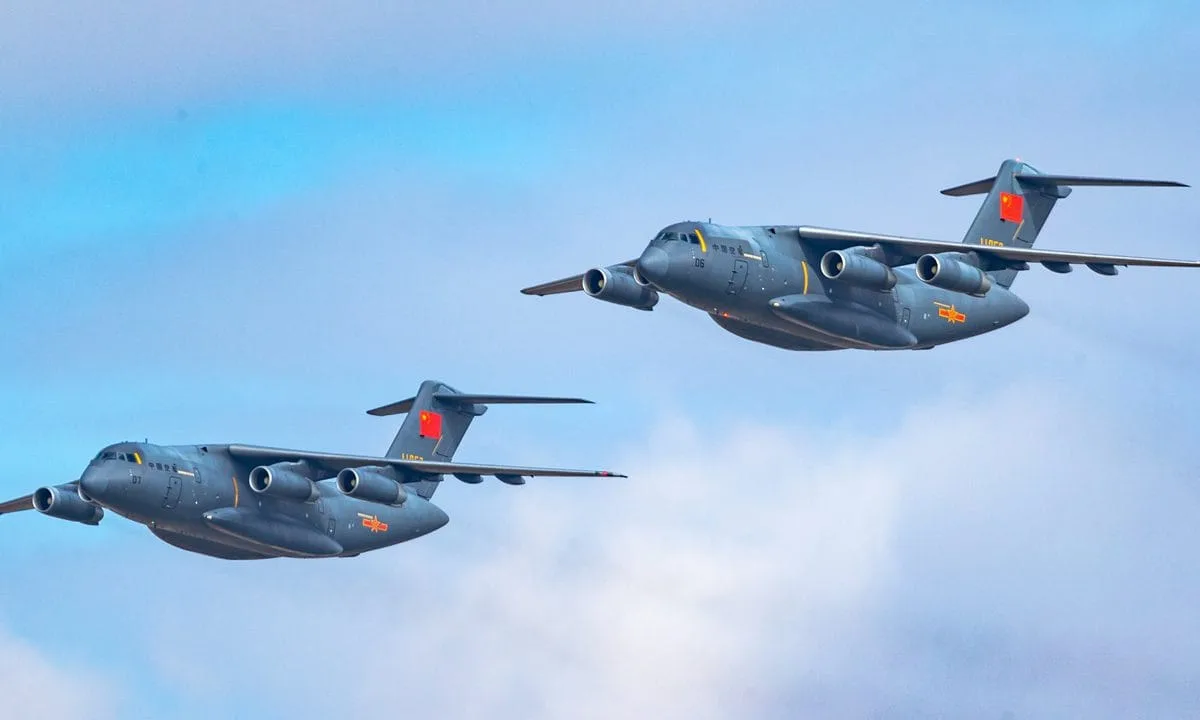
China’s People’s Liberation Army Air Force (PLAAF) has rapidly grown into one of the world’s top air powers. Its fleet exceeds 3,300 aircraft, including J-20 stealth fighters, J-10 multirole jets, and H-6 bombers. The PLAAF combines modernization programs, domestic aircraft production, and advanced technology adoption to strengthen its strategic and defensive capabilities.
The PLAAF emphasizes rapid reaction, precision strike capability, and integration with China’s growing naval and missile forces. Training programs focus on network-centric warfare and coordination with drones and electronic warfare assets. China’s air power expansion demonstrates its intent to assert influence across the Asia-Pacific region.
Key Highlights:
Total Aircraft Assets: 3,309
Personnel: 398,000 (Reserve: 100,000)
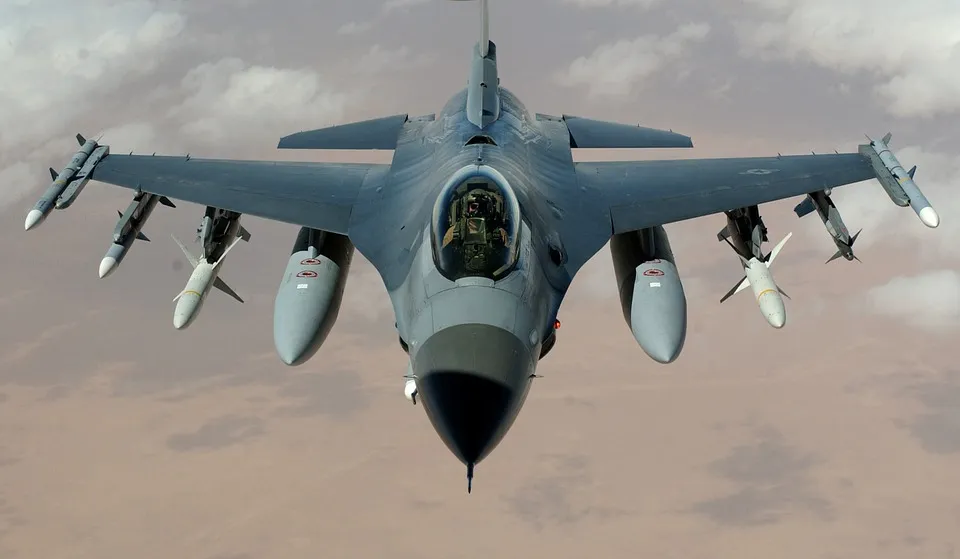
India’s Indian Air Force (IAF) is a major player in Asia, with over 2,200 aircraft, including Su-30MKI, MiG-29, and Rafale fighters. India focuses on modernization, procurement of advanced aircraft, and indigenous programs like HAL Tejas. The IAF’s missions cover air defense, strategic deterrence, and humanitarian assistance.
The IAF integrates advanced radar, weapons systems, and simulation training to maintain combat readiness. It actively participates in joint exercises with allies and conducts operations along challenging borders in mountainous and desert regions. India’s growing fleet and emphasis on modernization position it as a key air power in 2025.
Key Highlights:
Total Aircraft Assets: 2,229
Personnel: 140,000 (Reserve: 50,000)
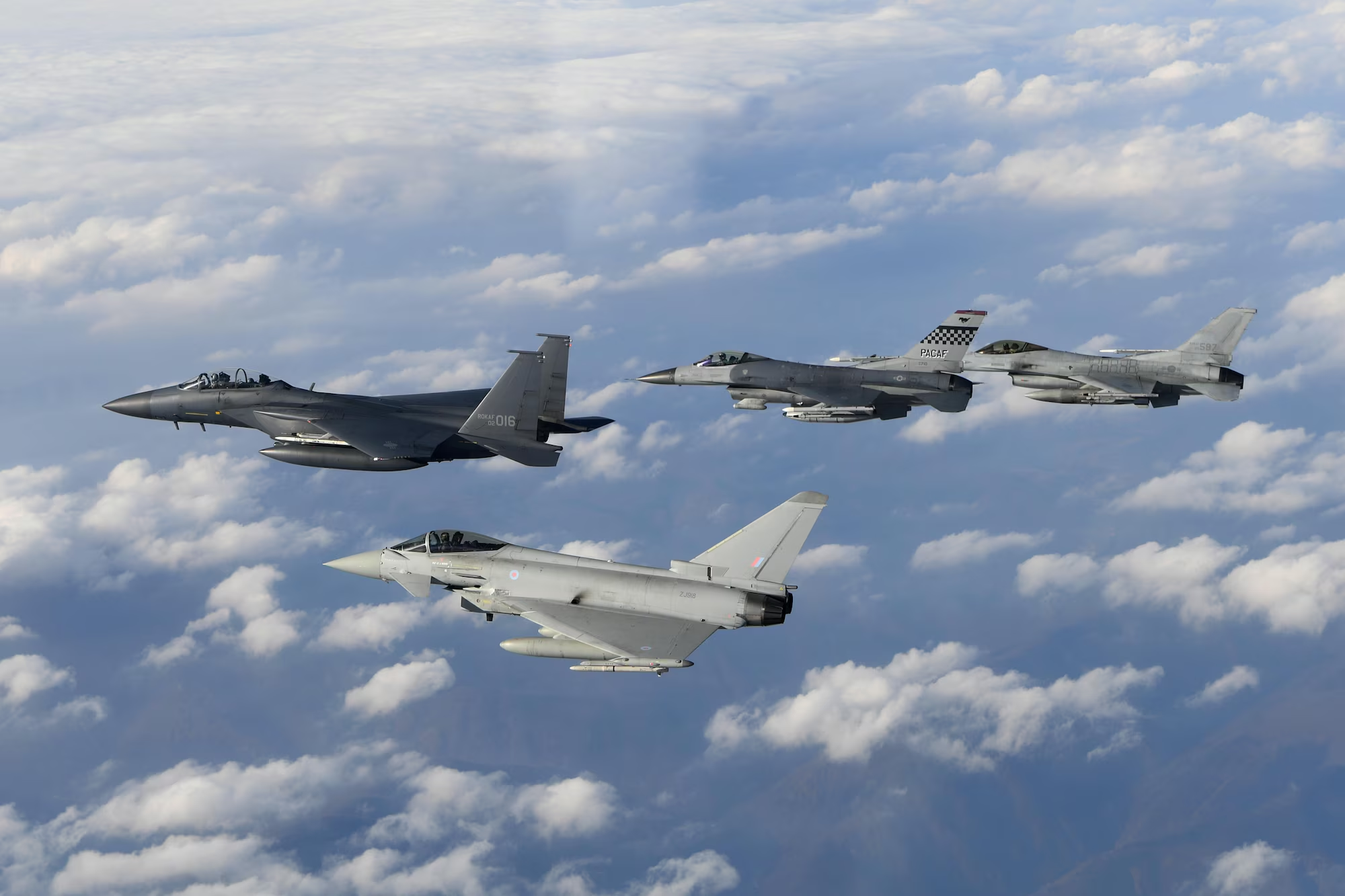
South Korea’s air force operates approximately 1,592 aircraft, including F-35 stealth fighters and F-15K strike aircraft. Its focus is air defense, rapid response, and precision strike capabilities to deter regional threats.
South Korea’s military aircraft fleet is modernized with domestic programs and continuous joint exercises with the United States. The air force emphasizes readiness against North Korean provocations and maritime security in the surrounding seas.
Key Highlights:
Total Aircraft Assets: 1,592
Personnel: 65,000 (Reserve: 20,000)
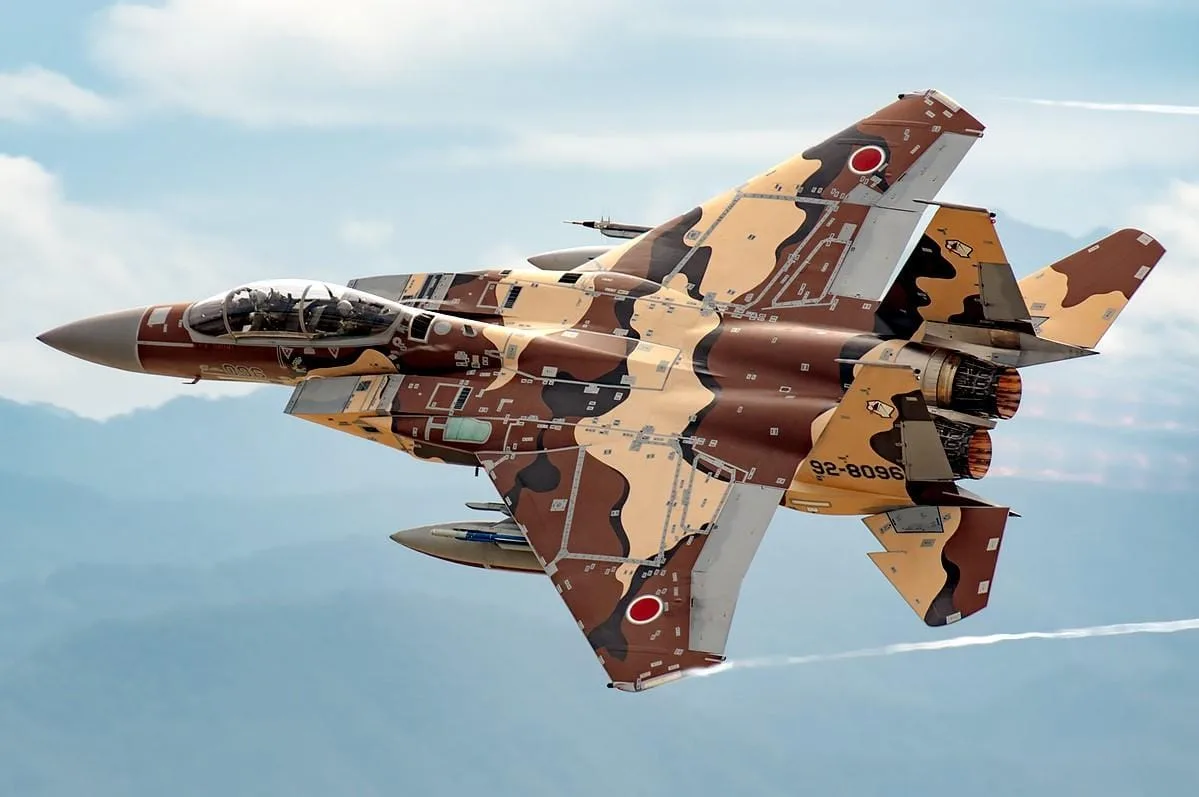
Japan’s Air Self-Defense Force (JASDF) fields over 1,443 aircraft, including F-35, F-15J, and F-2 fighters. It focuses on airspace security, maritime patrol, and disaster response missions.
Japan emphasizes technological superiority with advanced radar, missile systems, and fleet modernization. Its air force works closely with the United States and other allies for training and strategic planning.
Key Highlights:
Total Aircraft Assets: 1,443
Personnel: 50,000 (Reserve: 12,000)
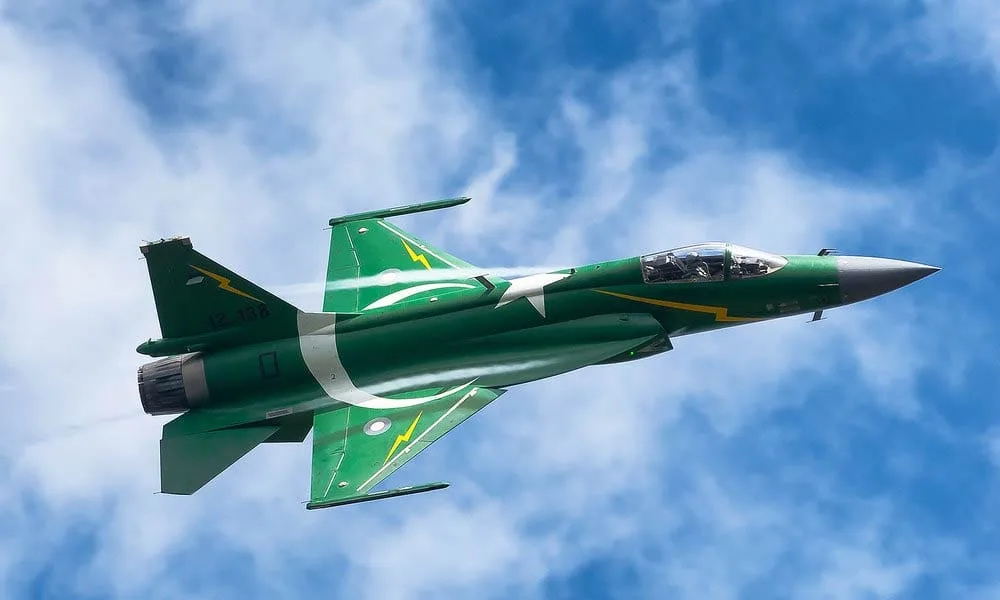
Pakistan’s air force has around 1,399 aircraft, including JF-17, F-16, and Mirage III. Pakistan maintains a focus on regional security and strategic deterrence. Recent modernization programs include Chinese J-10C aircraft.
Personnel are trained in high-altitude operations and air combat strategies. Pakistan also engages in joint exercises with regional partners to enhance operational readiness.
Key Highlights:
Total Aircraft Assets: 1,399
Personnel: 55,000 (Reserve: 10,000)
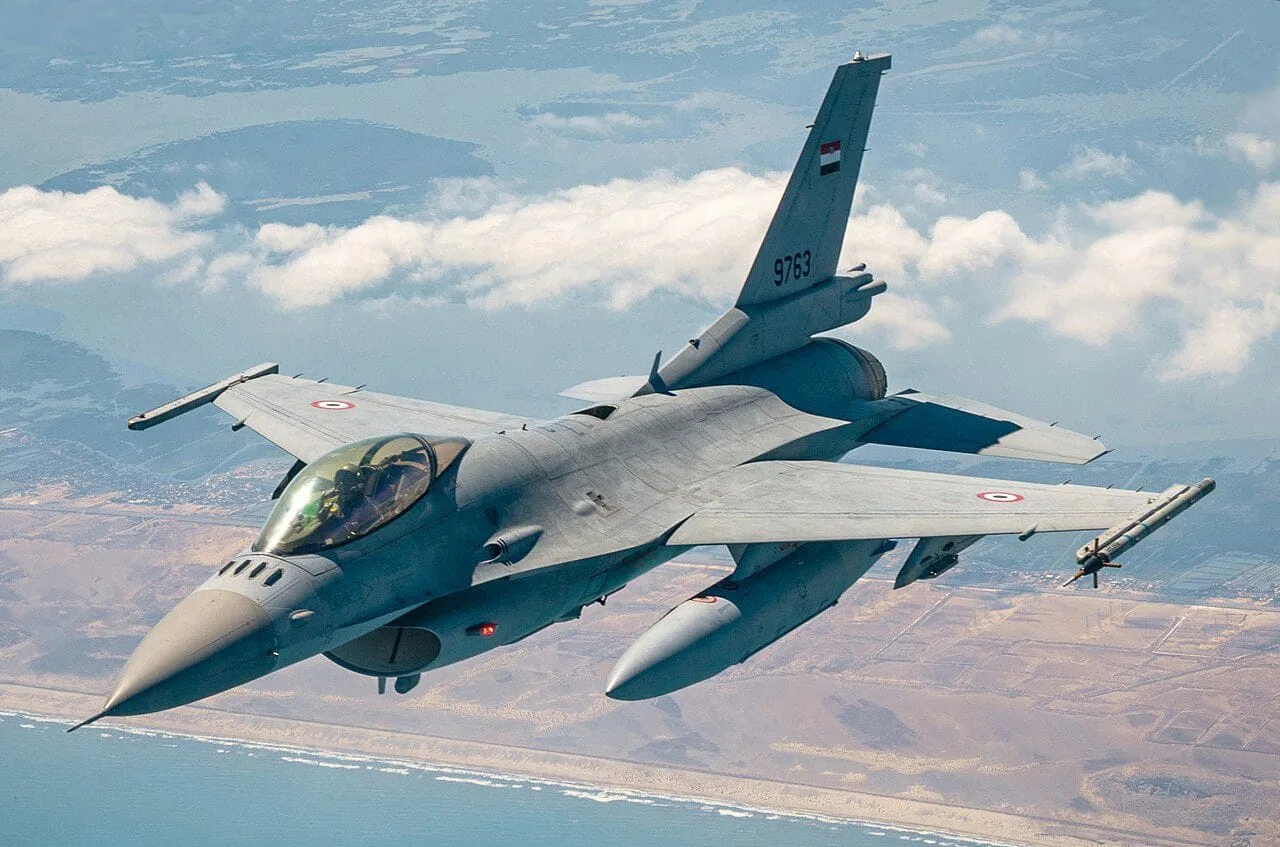
Egypt’s air force operates over 1,093 aircraft, including F-16, Mirage 2000, and Rafale jets. The Egyptian Air Force focuses on counterterrorism, border security, and regional stability.
Egypt invests in fleet modernization, air defense, and pilot training programs to maintain operational readiness. Its air power plays a critical role in Middle Eastern geopolitics.
Key Highlights:
Total Aircraft Assets: 1,093
Personnel: 45,000 (Reserve: 8,000)
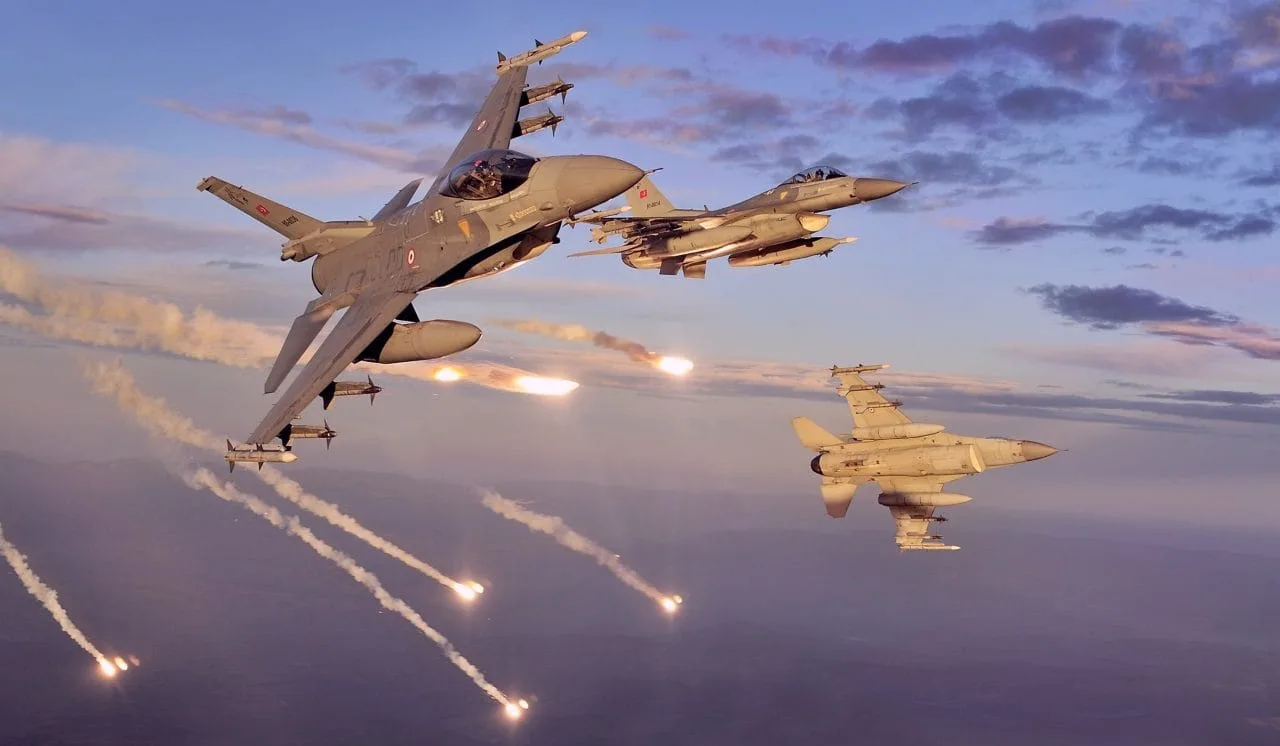
Turkey maintains over 1,083 aircraft, including F-16 and TAI Hürjet trainers. Its air force emphasizes rapid deployment, air defense, and tactical support in NATO operations.
Turkey is modernizing its fleet with domestic programs while participating in multinational exercises. The air force also provides disaster response and support missions domestically and abroad.
Key Highlights:
Total Aircraft Assets: 1,083
Personnel: 55,000 (Reserve: 15,000)
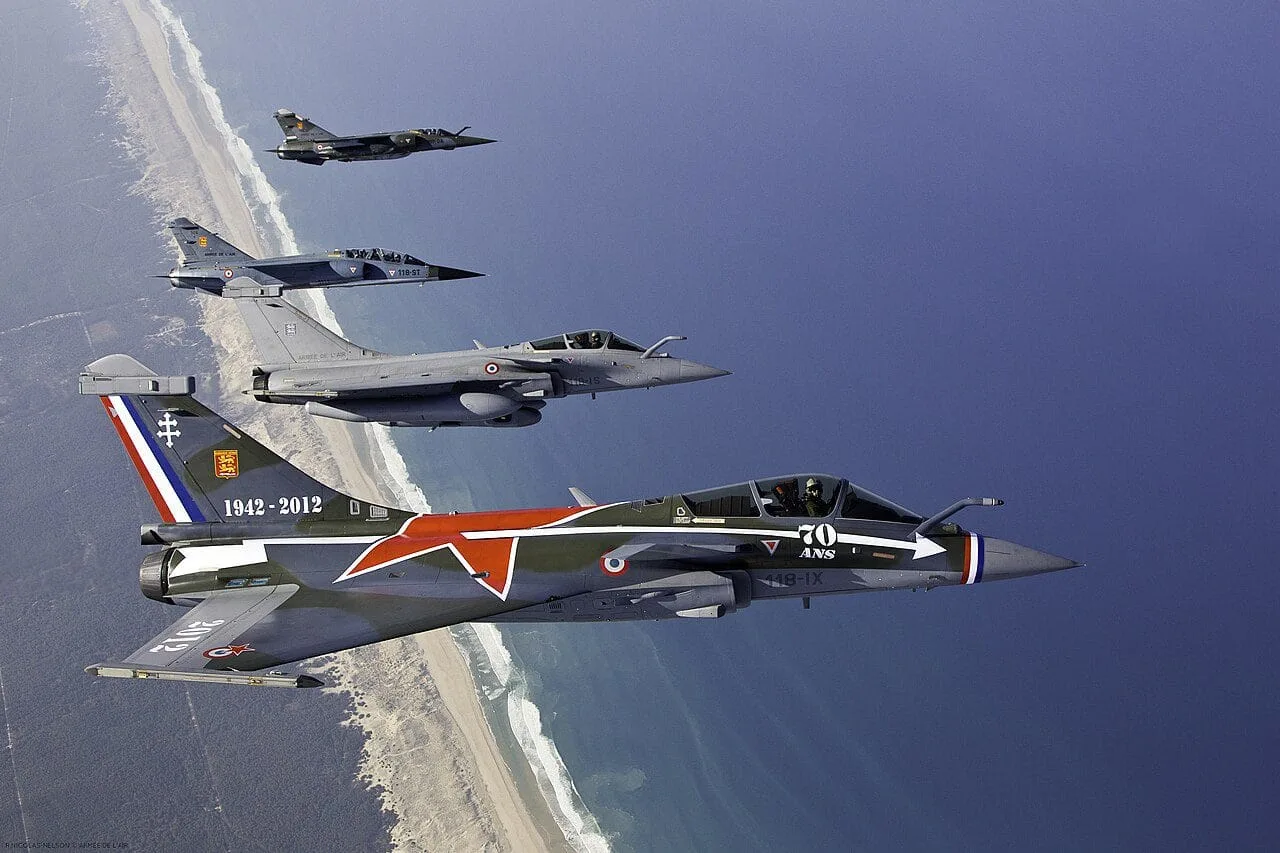
France’s Air & Space Force operates nearly 976 aircraft, including Rafale, Mirage 2000, and A400M transports. France focuses on expeditionary capabilities, strategic deterrence, and international operations.
France invests in advanced avionics, drone integration, and joint operations with NATO allies. The force is critical in European security and humanitarian missions worldwide.
Key Highlights:
Total Aircraft Assets: 976
Personnel: 45,000 (Reserve: 12,000)
The Top 10 largest air forces in 2025 showcase a combination of quantity, technology, and strategic capability. Nations like the United States, Russia, and China continue to invest heavily in modern military aircraft and advanced training for their air force personnel. Emerging air powers such as India and South Korea are also rapidly modernizing to enhance their regional and global influence.
Air power in 2025 is not just about fleet size—it’s about integration of technology, UAVs, AI systems, and strategic deployment capabilities. These air forces play a crucial role in national defense, regional security, humanitarian missions, and global stability. Understanding the strength, modernization, and strategic priorities of these nations provides valuable insights into the evolving dynamics of global military power.
| Rank | Country | Total Aircraft Assets | Active Personnel | Reserve Personnel |
|---|---|---|---|---|
| 1 | United States Air Force | 13,209 | 321,848 | 68,927 |
| 2 | Russian Air Force | 4,292 | 148,000 | 70,000 |
| 3 | China – PLAAF | 3,309 | 398,000 | 100,000 |
| 4 | Indian Air Force | 2,229 | 140,000 | 50,000 |
| 5 | South Korea – ROKAF | 1,592 | 65,000 | 20,000 |
| 6 | Japan – JASDF | 1,443 | 50,000 | 12,000 |
| 7 | Pakistan Air Force | 1,399 | 55,000 | 10,000 |
| 8 | Egyptian Air Force | 1,093 | 45,000 | 8,000 |
| 9 | Turkish Air Force | 1,083 | 55,000 | 15,000 |
| 10 | French Air & Space Force | 976 | 45,000 | 12,000 |